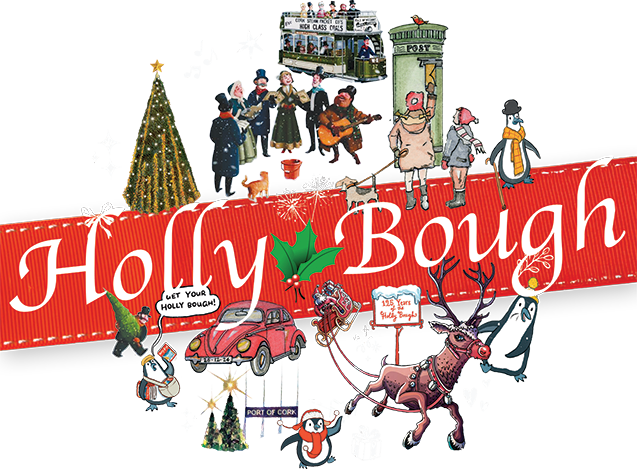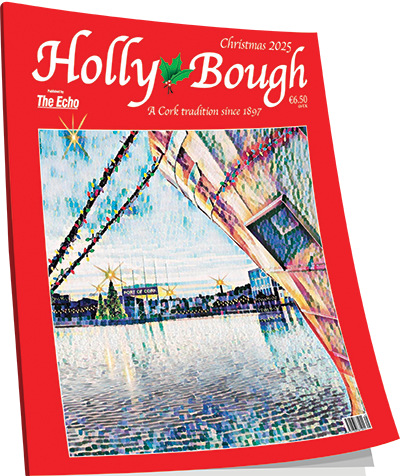John Arnold: Napoleon, his war horse, and a French connection to Cork
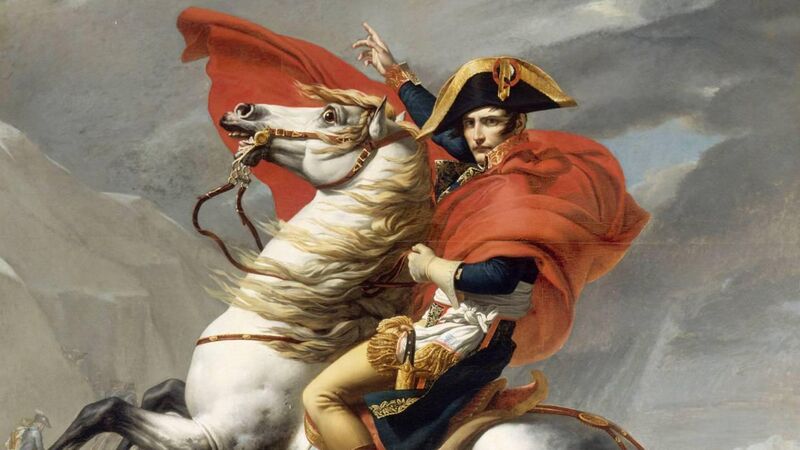
There they were out for the day, or maybe just back from a campaign in Europe, or planning to invade and save Ireland. You know the way you’d be after such an escapade - hungry to the point of being ravenous. I think ’twas from this era came the phrase ‘I could ate a horse’.
Anyhow, back home they were and she in the kitchen below shouts up to himself above in the good room: “Will you have two boiled eggs for the supper?” He considers the offer briefly and then replies: “Not tonight, Josephine - I’ll just have toast.”
The toast bit is long forgotten and the utterance of the bould Napoleon Bonaparte has gone down in history for the wrong reason!
On Monday night, over at the Holy Well, I was asked again: “Was St Bartholomew ever in Bartlemy?” and another voice queried: “Tell me, John, did Napoleon ever come to Bartlemy Fair?”
Look, I’m no expert but I’d say ’twould be a very safe bet to say that neither of the aforementioned gentlemen were ever around this part of the country.
Last Sunday, August 24, was St Bartholomew’s Day and on that date in 1572, all of 453 years ago, civil unrest fuelled by religious animosity broke out in Paris. What became known as ‘The St Bartholomew’s Day Massacre’ took place.
No-one can be certain of how many, but in Paris and throughout France thousands of Protestant Huguenots were killed - estimates vary from 5,000 to 30,000.
In subsequent years, ‘Commemoration Days’ in remembrance of the massacre were held. These became known as Bartholomew fairs - a mixture of religious ceremonies and singing, dancing, drinking, and general merry-making.
This ‘movement’ spread across France and all over Europe - the biggest ‘Bartlemy Fair’ of all was held in London.
In a ‘which comes first - the hen or the egg?’ situation, we cannot be certain was it a Holy Well here that gave rise to a fair surrounding the ‘Pattern Day’ festivities, or vice versa.
One way or another, by the time Henry Rugge of Youghal got a Royal Charter in 1723 to hold two fairs here annually, they were referred to as ‘Ballynakilly alias Bartholomew Well’ – this latter name got chopped and changed down the years and ended up as Bartlemy.
In the last decade of the 1700s, a Wexford-bred white horse was sold at Bartlemy Fair. Back then, for warfare purposes, horses were the tanks, the planes, the trains, and the only means of transport of that era.
We know from contemporary accounts that army buyers from England and all over Europe regularly came to Ireland to buy cavalry horses and troopers to pull guns and supply vehicles.
He was thrilled, excited, and delighted upon seeing the snow white horse over from Ireland. He declared ‘Mon Dieu’, ‘C’est ci bon’, ‘Magnafique’ , ‘Sacre Bleu’ and ‘Un beau specimen’.
Napoleon decided to keep the horse for himself and it was named later after the Battle of Marengo.
Around that same time, the French General and would-be-Emperor had married the lovely Josephine – no better girl to boil an egg in all of France!
Things hotted up as the Napoleonic Wars got into full stride. Here in Cork the English Navy had a huge base at Haulbowline in Cork Harbour. In nearby Ringaskiddy, the Conner family had a huge estate taking in the townlands of Ballintaggart and Ballybricken.
In the 1730s, George Conner built a fine mansion on the estate. His grandson Daniel saw two of his sons, William and Richard, join the Royal Navy.
Another son Arthur went in a different direction - joining the United Irishmen and becoming ‘O Connor’.
Their sister Catherine married a Naval Officer Frederick Maitland. He was on board the Bellerphon which took part in the blockade to prevent Napoleon escaping to America after his defeat at Waterloo.
The fallen Emperor agreed to surrender and was accommodated in Maitland’s cabin on the ship. A portrait of Catherine Maitland, nee Conner, hung in the cabin and on seeing the image Napoleon declared ‘Mon Dieu’, ‘C’est ci bon’, ‘Magnafique’, ‘Sacre Bleu’, and ‘Un beau specimen’!
He was a great judge of women and bloodstock by all accounts. He praised Maitland on his choice of wife.
The ship sailed for England as the future of the defeated General was uncertain. He might have been beaten but Bonaparte was still an X factor celebrity and everyone wanted to see him ‘in the flesh’.
Meanwhile, Catherine’s brother Arthur rose in the ranks of the United Irishmen. A friend of Wolfe Tone’s, he was elected an MP but was jailed in Scotland for six years for his ‘seditious speechmaking’.
We can only assume that John Dahill, a blacksmith who had a forge at Ballyreidy, Bartlemy, often attended Bartlemy Fair. He may well have been there on the day the lovely white horse was bought by a French buyer, probably around 1796.
Two years later, Dahill was hung in Cork for administering the United Irishmen Oath of Allegiance. He is buried in Rathcormac where the word ‘martyr’ was erased from his headstone.
On his release from jail, Arthur went to France and died at the age of 89 in 1852. Napoleon died in exile in Elba in 1821 and his trusty white steed died ten years later in 1831.
Captain Maitland died in 1838 while his widow Catherine lived on until 1865.
William Conner retired from the Navy as Captain Conner, and came back to his estate in Ringaskiddy.
A friend of mine, John Twomey of the Shamrocks GAA Club, told me that William promoted the game of hurling in his area and refereed many of the pre-GAA Inter Parish games.
So, the French connection is strong in Cork, with horses, women, Emperors and captains.
Imagine if Napoleon was a hurler on the ditch when the Ballybricken Estate team played Kilmoney of Carrigaline in December, 1829!
Lads, you’d hear him over in Waterloo, shouting ‘Mon Dieu’ , ‘Bravo’, ‘Magnafique’ , ‘Sacre Bleu’, and ‘C’mon the Shamrocks’!
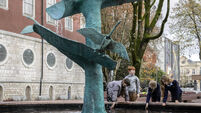
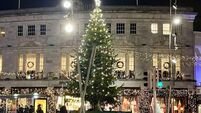
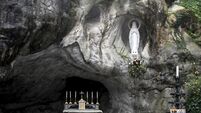




 App?
App?

